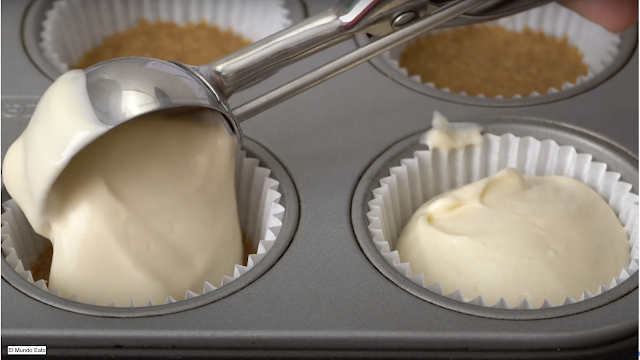For many combustion engine
car owners, getting an oil change is a routine maintenance task, typically
costing between $80 and $100 at a shop that often pushes customers to perform additional
basic maintenance. This guide will demonstrate how easy changing your own oil
can be, as well as how much money you can save by taking on this task yourself.
To get started, you'll
need to make an initial investment in some necessary tools. Although this may
seem expensive at first, it will ultimately save you money in the long run and
eliminate the need for multiple trips to places like Jiffy Lube or Pep Boys.
These items include:
Oil Drain Pan
Ratchet and necessary
sockets
Oil Filter Wrench
Special Socket (European
Cars and Foreign Cars only)
Dirty/Used Rags
Car Ramps (Low Clearance
cars only)
Fast Orange Soap
Large Cardboard sheet or
undercarriage cart
New Oil
New Oil Filter
Funnel
To begin, it's important
to circulate the oil in your car by starting it and occasionally stepping on
the gas while in park. If you have a sedan, slowly drive it onto ramps to lift
the front side and make the undercarriage accessible.
Before proceeding,
allow the oil to cool down for a few minutes. Then, open the hood and locate
the oil fill cap marked with an oil can dripping oil. Twist it open and leave
it to the side. If there's an oil dipstick present, slightly pull it and leave
it open to allow air to flow through. These steps enable air to circulate through
the top and push all the oil from the bottom, ensuring a steady flow.
Next, look up the
make and model of your car to find the location of the oil pan underneath it.
Locate the oil drain plug and get the appropriate socket and wrench to “break”
the bolt. Breaking the bolt means to open it so that you can unscrew the rest
of it by hand. Finally, place an oil drain pan underneath the bolt to catch the
oil when it comes out, preventing spills.
To avoid getting hot oil
on your hands or making a mess, once the bolt starts to come loose, push it
into the oil drain pan and unscrew the last thread. Then, quickly move out of
the way and remove the bolt.
During the time the
oil is draining, locate the oil filter. For example, most Toyotas and Hondas have
oil filters that are accessible from the bottom, while European cars and some
Subarus have top-side oil filters that are easier to change.
After the oil has fully
drained and the stream slows to a trickle, it's time to install the new oil
filter. Begin by placing the bolt and new washer into the oil drain pan and
tightening it to factory specifications. If you don't own a torque wrench, use
your best judgment to ensure it's tight but not overly so, as to avoid warping
any metal or plastic components of the oil drain pan.
Next, locate the oil
filter and use a wrench to loosen it. Once the filter is "broken"
loose, place a large plastic cup that fits over the filter and unscrew it the
rest of the way, taking care to catch any dripping oil in the oil drain pan
below. Remove the old filter and clean it with an old rag, then place it in the
box that the new filter comes in for easy disposal.
There are two types of oil
filters - spin on and cartridge. While spin on filters require minimal preparation,
cartridge filters need some extra work.
For a spin on filter,
apply some oil from the drain pan onto your finger and rub it on the seal on
the outer edge of the filter. Then, screw on the filter using the special oil
filter wrench until it is tight.
For a cartridge filter,
remove the old cartridge from the housing, thoroughly clean the entire housing
with rags, remove the two old seals, and replace them with new ones. Apply some
oil onto the new seals and place the new cartridge inside the housing. Then
screw back on and tighten using a wrench.
It is crucial to check how
many quarts of oil your car requires, as adding too much or too little can
cause damage. Using a funnel, fill the new oil into the oil fill area until you
reach the desired quantity. Close the oil fill cap and double-check that the
filter, drain plug, and oil fill cap are tightened properly.
Make sure to clean up any
oil spills on the ground or any other parts of the car using a rag.
Start the car and let it
idle for a few minutes before driving to ensure the oil has circulated through
the entire engine.
Remove the dipstick
completely, wipe it clean, push it all the way back in, and remove it again to
check the oil quantity.
Next, pour all the old oil
from the drain pan back into the new oil bottles that are empty and make sure
to close them tightly.
Finally, take all the used
oil and the old oil filter to an auto parts shop such as AutoZone to properly
recycle everything.

Oil
Changes for Dummies - Dev Singh
Well done, you have
completed a basic maintenance task and saved yourself a significant amount of
money. Remember to take note of your current mileage and set a reminder to
change your oil again after 5000 miles for conventional oil or 10,000 miles for
synthetic oil.
Last Step is to wash your
oily hands because chances are you spilled. Use Fast Orange soap to thoroughly
scrub the oil from your skin. Then use normal antibacterial hand soap one more
time to ensure your hands are clean.




























